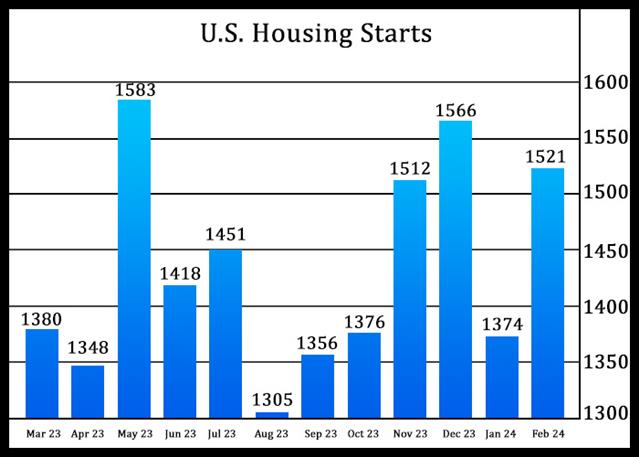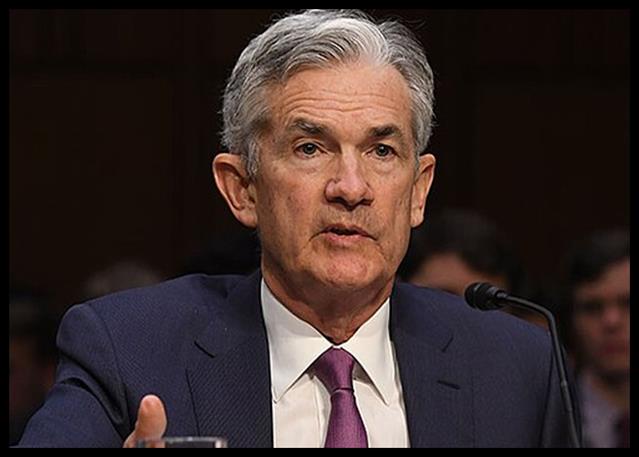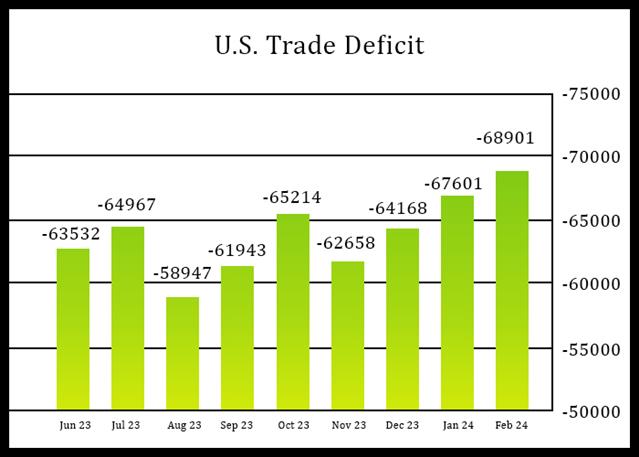
A report released by the Commerce Department on Tuesday showed a substantial rebound in new residential construction in the U.S. in the month of February.
The Commerce Department said housing starts spiked by 10.7 percent to an annual rate of 1.521 million in February after plunging by 12.3 percent to a revised rate of 1.374 million in January.
Economists had expected housing starts to surge by 7.1 percent to a rate of 1.425 million from the 1.331 million originally reported for the previous month.
Single-family starts soared by 11.6 percent to an annual rate of 1.129 million, while multi-family starts jumped by 8.3 percent to an annual rate of 392,000.
The report also showed a substantial increase in new residential construction in the Midwest, where housing starts skyrocketed by 50.7 percent.
Housing starts in the South also spiked by 15.7 percent, while housing starts in the West and Northeast tumbled by 7.9 percent and 10.3 percent, respectively.
The Commerce Department also said building permits shot up by 1.9 percent to an annual rate of 1.518 million in February after dipping by 0.3 percent to a revised rate of 1.489 million in January.
Building permits, an indicator of future housing demand, were expected to jump by 1.7 percent to a rate of 1.495 million from the 1.470 million originally reported for the previous month.
Multi-family permits surged by 4.1 percent to an annual rate of 487,000, while single-family permits climbed by 1.0 percent to an annual rate of 1.031 million.
The report said permits in the Northeast soared by 36.2 percent. Permits in the Midwest also jumped by 3.8 percent, but permits in the South fell by 1.3 percent and permits in the West plunged by 6.8 percent.
“Housing starts came in higher than expected in February as home construction remained one of the few bright spots in the housing market,” said Nationwide Economist Daniel Vielhaber. “Total starts were boosted by a rapid pace of single-family starts as builders continue in their efforts to make up for the shortage of existing homes for sale.”
He added, “Demand for new builds – particularly for single family new builds – remains strong and, although it is still below the long-run average, the rise in homebuilder sentiment in March suggests this will continue to be the case in the near term.”
A separate report released by the National Association of Home Builders showed an unexpected improvement in U.S. homebuilder confidence in the month of March.
The report said the NAHB/Wells Fargo Housing Market Index rose to 51 in March from 48 in February. Economists had expected the index to come in unchanged.
With the unexpected increase, the housing market index surpassed the breakeven point of 50 for the first time since hitting 56 last July.
Copyright © 2024, RTTNews.com, Inc. All Rights Reserved.















